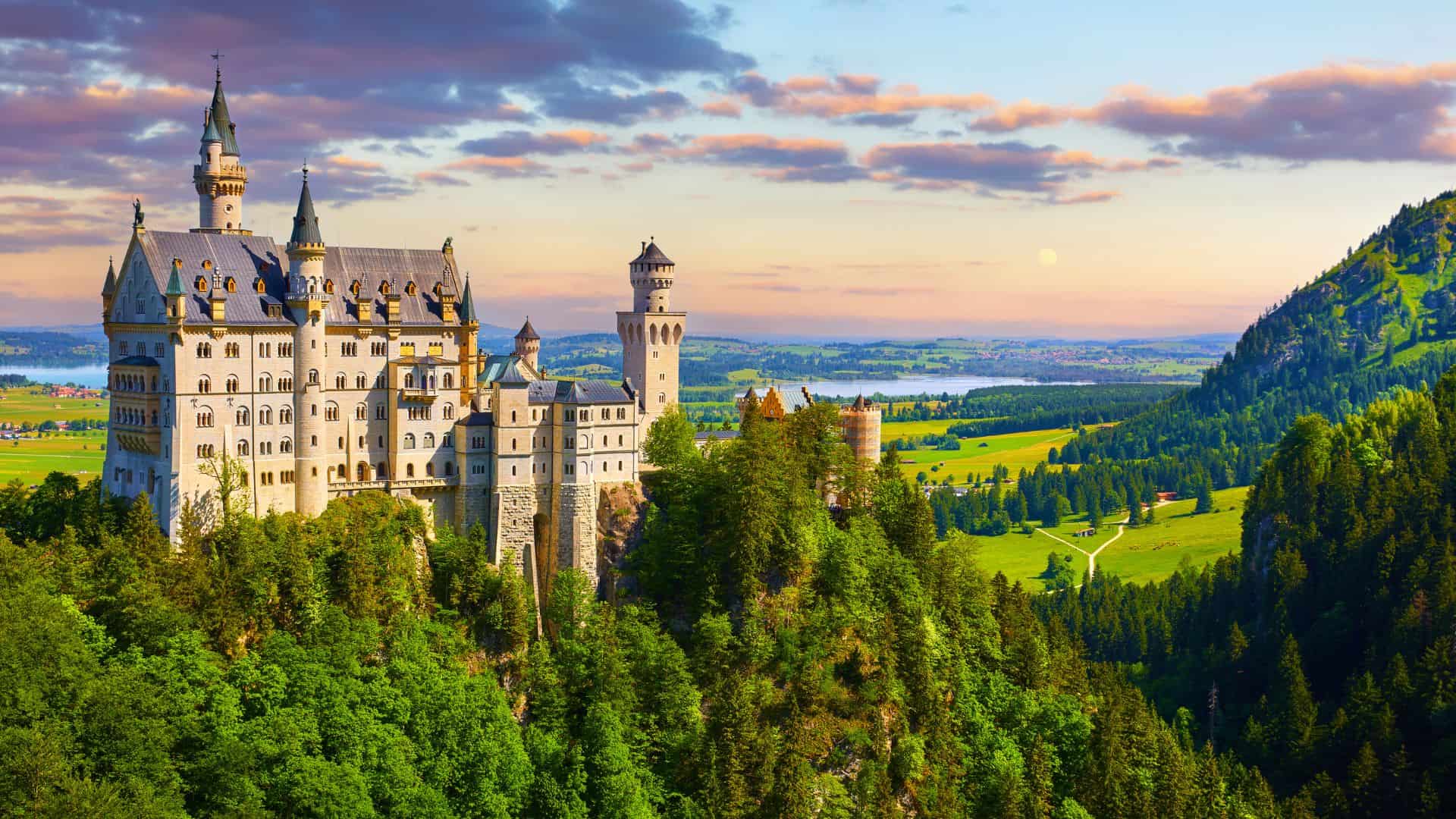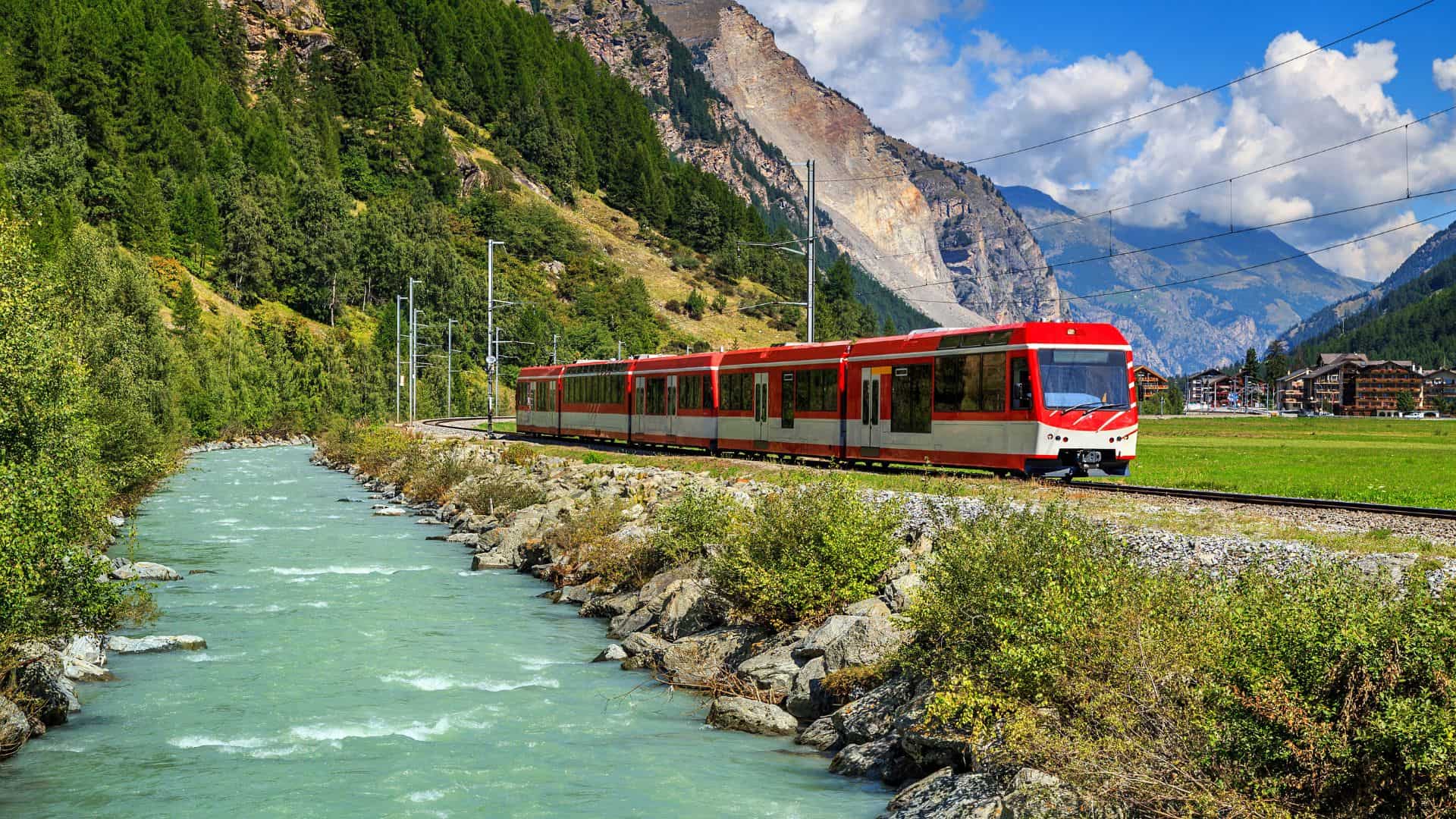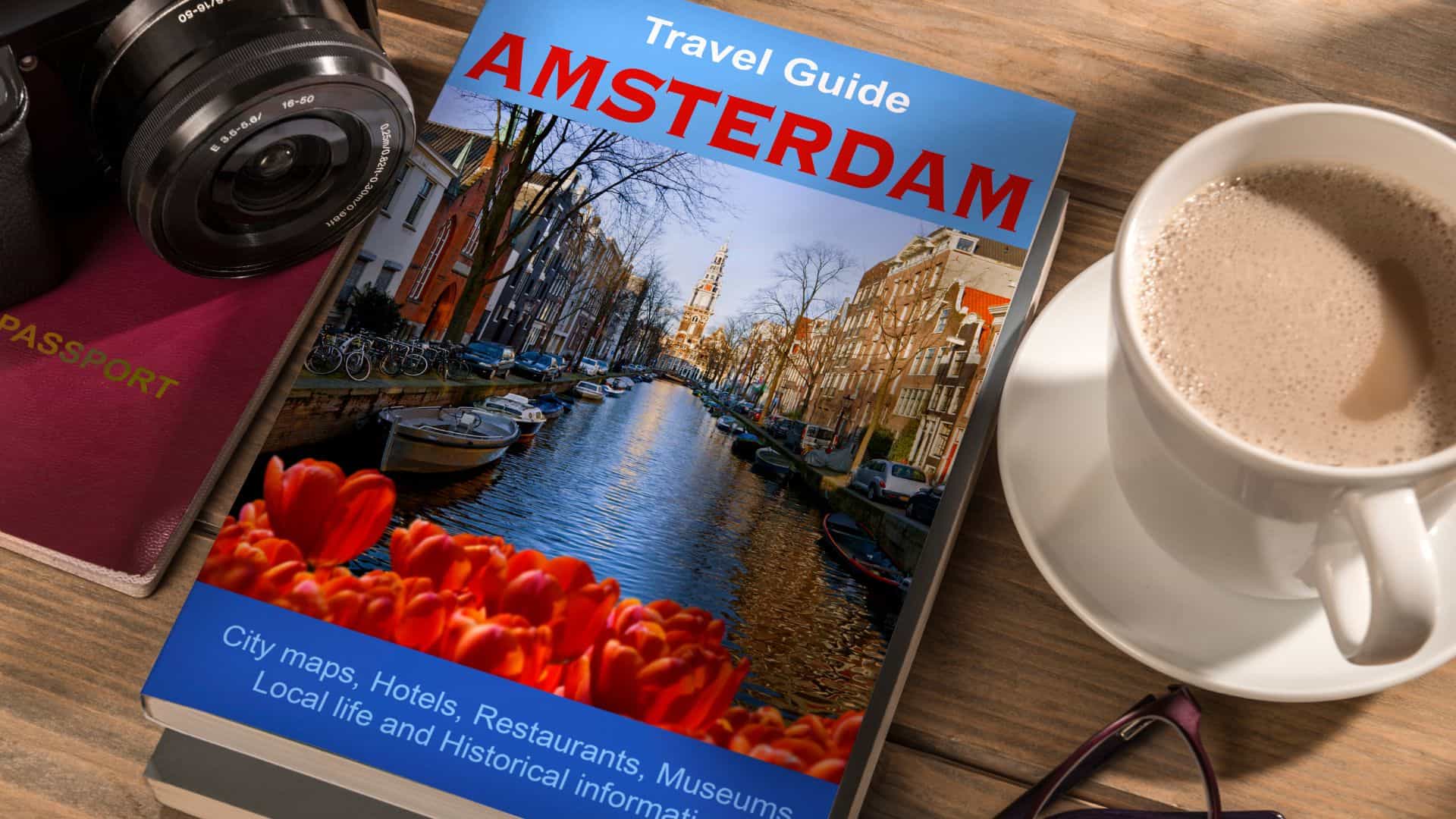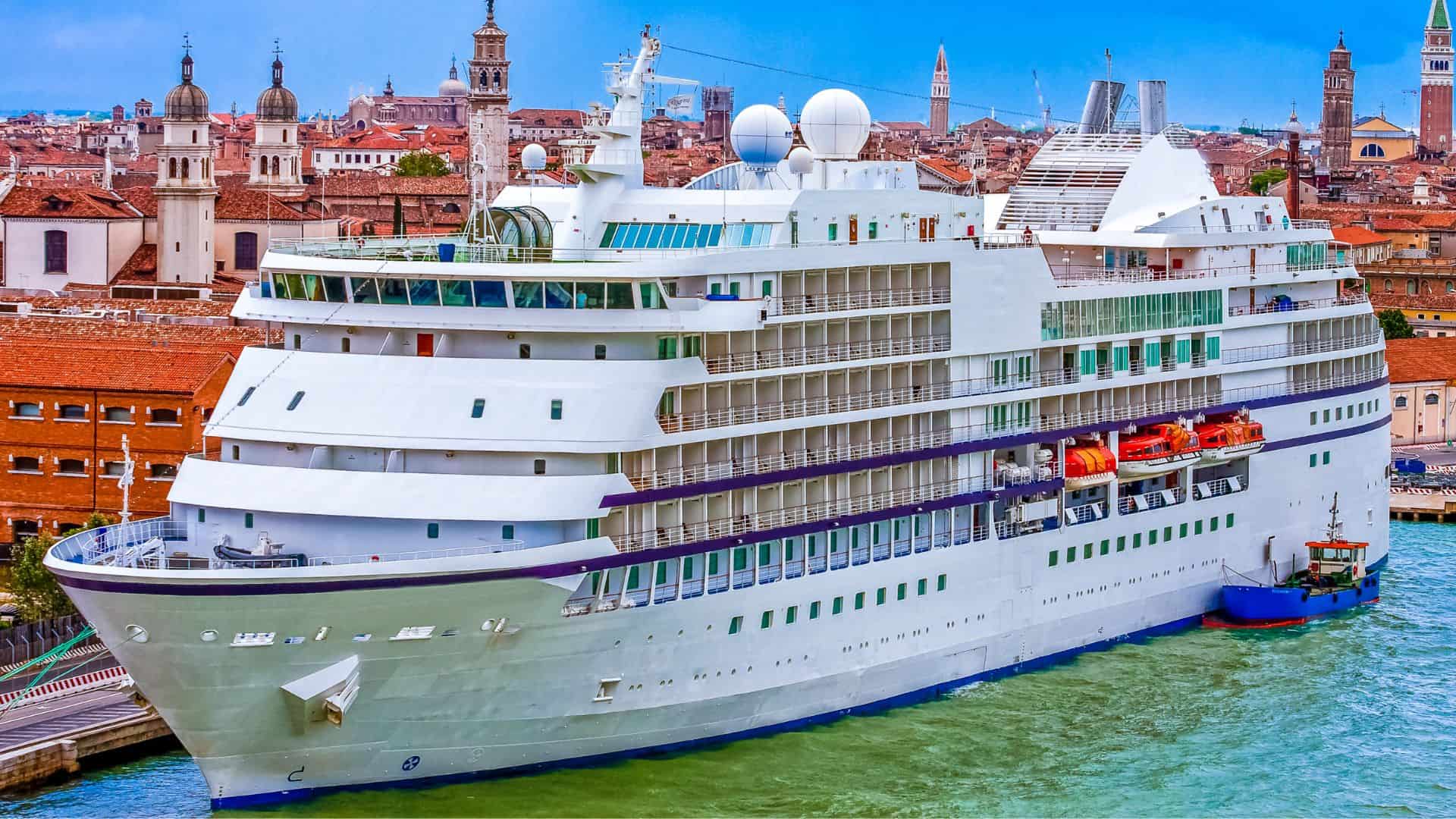
Shakespeare: Romeo and Juliet
"Romeo and Juliet," William Shakespeare's timeless tragedy of star-crossed lovers, is set in the beautiful city of Verona, Italy. While the story is a work of fiction, it is widely believed that Shakespeare drew inspiration from the romantic charm and architectural splendor of Verona. However, it's important to note that the specific locations mentioned in the play are products of the playwright's imagination.
One of the most iconic sites associated with Romeo and Juliet is the Casa di Giulietta, or Juliet's House. This 13th-century residence, located on Via Cappello, is believed to have once belonged to the Cappello family, which could have inspired the Capulet name in the play. Visitors flock to Juliet's House to see the famous balcony, which is said to have inspired the balcony scene in the play. The house now serves as a museum, housing artifacts and displays related to the fictional lovers.
Another notable location is the Casa di Romeo, or Romeo's House, located on Via Arche Scaligere. This medieval building is associated with the Montecchi family, which some speculate could have influenced the Montague name in the play. Similar to Juliet's House, the building now stands as a museum, showcasing exhibits related to the tragic love story.
The Piazza delle Erbe, or Market Square, is another significant location in Verona. This bustling square is mentioned in "Romeo and Juliet" and was likely a vibrant marketplace during Shakespeare's time. Today, it continues to be a lively hub, surrounded by colorful buildings, market stalls, and cafes, making it a popular spot for tourists and locals alike.
The beautiful Verona Cathedral, or the Duomo di Verona, also plays a role in the play. It is mentioned as the location where Romeo and Juliet are secretly married. The cathedral, with its stunning Romanesque architecture and intricate details, is a prominent landmark in Verona and a testament to the city's rich history.
While the specific residences of Romeo and Juliet are purely fictional, Verona's enchanting atmosphere and well-preserved medieval architecture provide a fitting backdrop for the enduring tale of love and tragedy. The city's devotion to preserving its Shakespearean heritage ensures that visitors can immerse themselves in the romantic ambiance that inspired one of the greatest love stories in literary history.
The timeless tale of "Romeo and Juliet," penned by William Shakespeare, unfolds in the enchanting city of Verona, Italy, a setting far from the waterways of Venice. This tragic love story, steeped in the historical backdrop of feuding families—the Montagues and the Capulets—captures the essence of star-crossed love and the dire consequences of familial discord. The play, while fictional, draws upon real locations in Verona, bringing to life the courtyard where Romeo professes his love to Juliet and the house of Romeo, places that have since become pilgrimage sites for those enamored by Shakespeare's narrative.
Friar Laurence, a pivotal character in the drama, serves as a confidante and advisor to the young lovers, illustrating the complex interplay between love, secrecy, and fate. His attempts to reconcile the feuding families and inform Romeo of Juliet's feigned death tragically misfire, setting the stage for the play's heartrending climax. Shakespeare's adaptation of earlier tales by Arthur Brooke and Luigi da Porto introduced these star-crossed lovers to a wider audience, with characters like Juliet's cousin, Tybalt, and Romeo's friend, Mercutio, adding depth and tragedy to the unfolding events.
Set against the backdrop of Verona, a city emblematic of love's trials and tribulations, the play explores themes of passion, vengeance, and the inevitable consequences of hatred. Verona's architecture, from the statuesque bronze of Juliet to the alleged houses of Romeo and Juliet, adds a tangible reality to Shakespeare's work, making the city a focal point for aficionados of literature and romantic tragedy.
The plot of "Romeo and Juliet," from the initial brawl between the Montagues and Capulets to Romeo's banishment following Tybalt's death, weaves a complex tapestry of love, conflict, and despair. This narrative has inspired countless adaptations, including the modern retelling in "West Side Story" and various film versions that transpose Shakespeare's themes into contemporary settings, demonstrating the tale's enduring relevance.
Scholarship on "Romeo and Juliet," as documented in publications like "Shakespeare Quarterly," continues to explore the depth of Shakespeare's insight into human emotion and societal conflict. The story, deeply rooted in the literary tradition, draws parallels with Dante and references historical figures like the Della Scala family, grounding the tale in a rich tapestry of cultural and historical allusions.
The tragic end of the young lovers, culminating in Romeo's haste to Juliet's side, believing her to be dead, and the subsequent real death of both, underscores the play's exploration of miscommunication and fate. Their demise, intended to unite the feuding families, instead seals their story as a cautionary tale of love amidst turmoil.
The legend of Romeo and Juliet, from its origins in tales by Matteo Bandello and its evolution through Shakespeare's quill, has cemented its place in the pantheon of classic literature. The setting of Verona, with its tangible connections to the story, from Juliet's balcony to the purported tomb, invites visitors from around the globe to walk in the footsteps of the ill-fated lovers.
"Romeo and Juliet" has transcended the boundaries of its Elizabethan origins to become a universal symbol of young, doomed love. Its setting in Verona, immortalized by Shakespeare's pen, continues to captivate the imagination of audiences worldwide, a testament to the enduring power of storytelling and the inexorable pull of love and tragedy interwoven through the lives of Romeo and Juliet.
The timeless tale of "Romeo and Juliet," masterfully penned by William Shakespeare, unfolds in the picturesque city of Verona, Italy. This setting forms the backdrop for the tragic love story of two noble lovers, Romeo Montague and Juliet Capulet, whose families are embroiled in a bitter feud. Verona, a city steeped in history and romance, hosts landmarks integral to the narrative, such as Juliet's house, complete with the famous balcony where Romeo sneaks into the Capulet orchard to declare his undying love. The city center of Verona, with its ancient charm, serves as the stage for much of the action, including the fatal encounters between Romeo and Tybalt, Juliet's cousin, which propels the narrative towards its tragic conclusion.
Shakespeare's play, part of a rich tapestry of works that include "The Taming of the Shrew" and "The Two Gentlemen of Verona," showcases his profound understanding of human emotion and conflict. The tragedy of Romeo and Juliet, in which Juliet takes a potion to feign death hoping to be reunited with Romeo, only for a series of miscommunications to lead to their ultimate demise, has resonated through the centuries. Verona and its landmarks, such as the statue of Juliet and the supposed locations of the Capulet and Montague residences, have become pilgrimage sites for lovers and Shakespeare enthusiasts alike. The narrative's depth, preserved in the First Folio of 1623, is a testament to Shakespeare's storytelling prowess, which continues to captivate audiences and scholars.
In crafting "Romeo and Juliet," Shakespeare also drew upon the social and political fabric of his time, embedding references to the influential della Scala family, rulers of Verona during the 13th and 14th centuries. This historical context enriches the story, providing a glimpse into the lives of the characters and the society in which they existed. The potion from an apothecary that Juliet takes, Romeo's desperate purchase of poison, and the fatal misunderstandings are all elements that highlight the themes of love, fate, and the destructive power of familial enmity. Shakespeare’s exploration of these themes through the lens of Verona’s feuding families offers insights into the universal experiences of love, loss, and reconciliation.
The enduring legacy of "Romeo and Juliet" is a testament to Shakespeare's genius in capturing the essence of human emotion and the complexities of life within the confines of a play. As visitors wander through Verona, from the house of Juliet to the center of the city where the statue of Juliet stands as a symbol of love and tragedy, they are reminded of the story's impact. This narrative, archived from the original Shakespearean text, continues to be reinterpreted in countless versions of the play and adaptations across different media, securing its place as one of the most beloved tragedies in literature. Through "Romeo and Juliet," Shakespeare immortalized Verona as the setting for a tale that transcends time, speaking to the heartache and joy of love in its most pure and tragic form.










